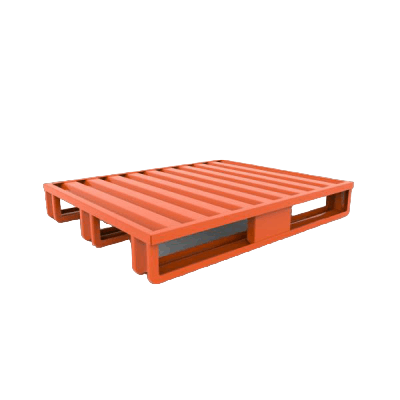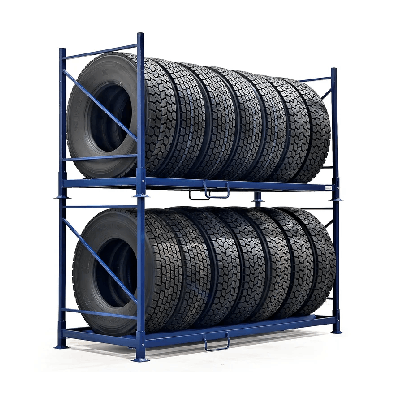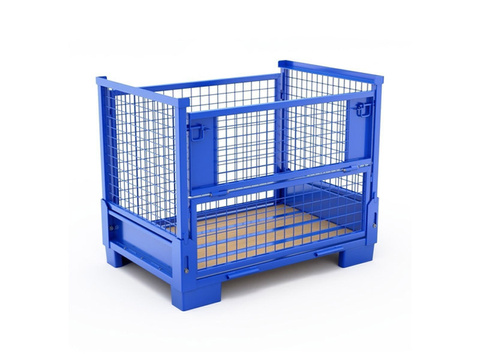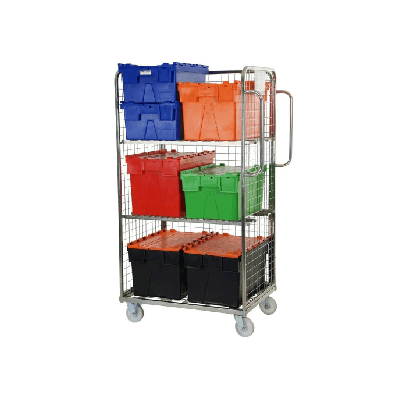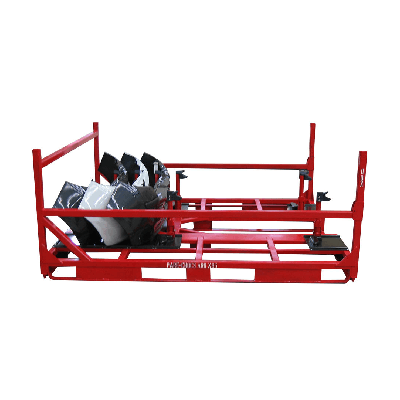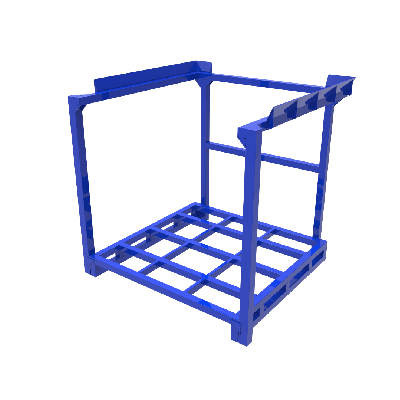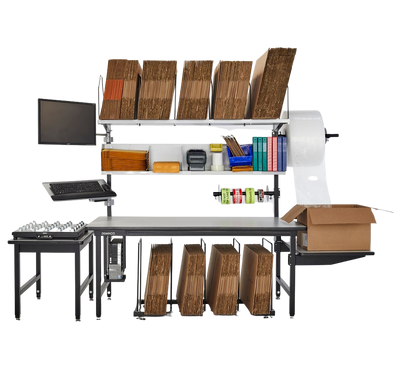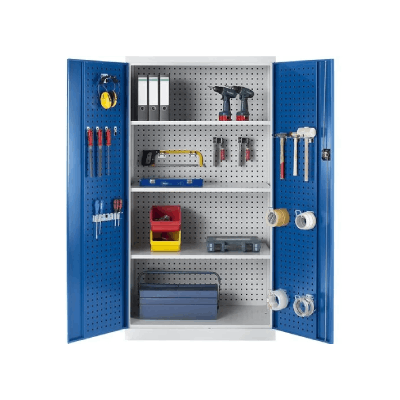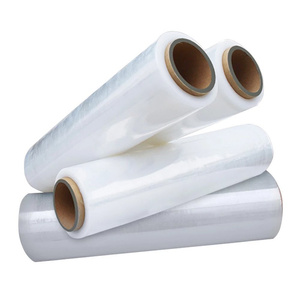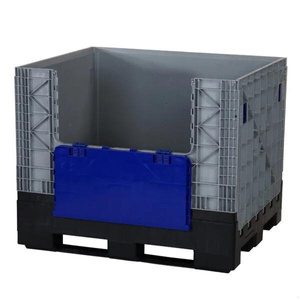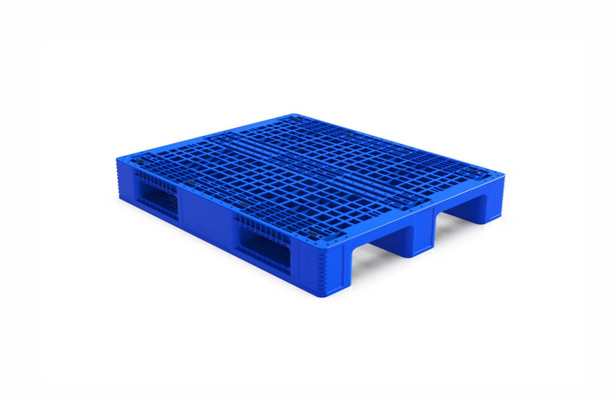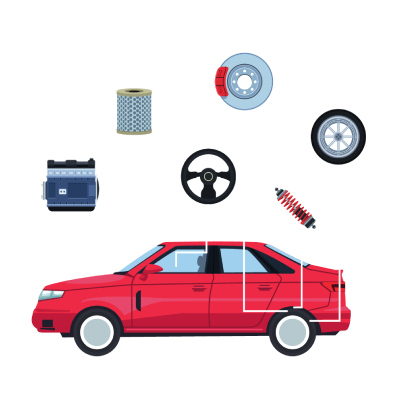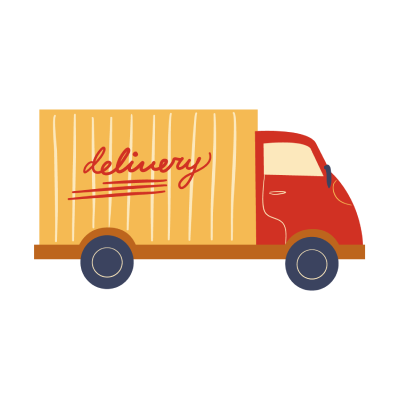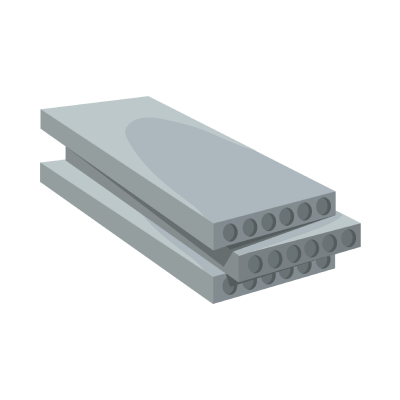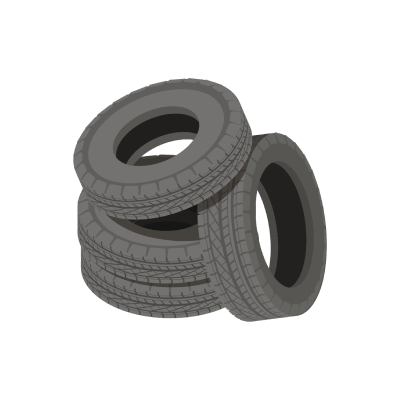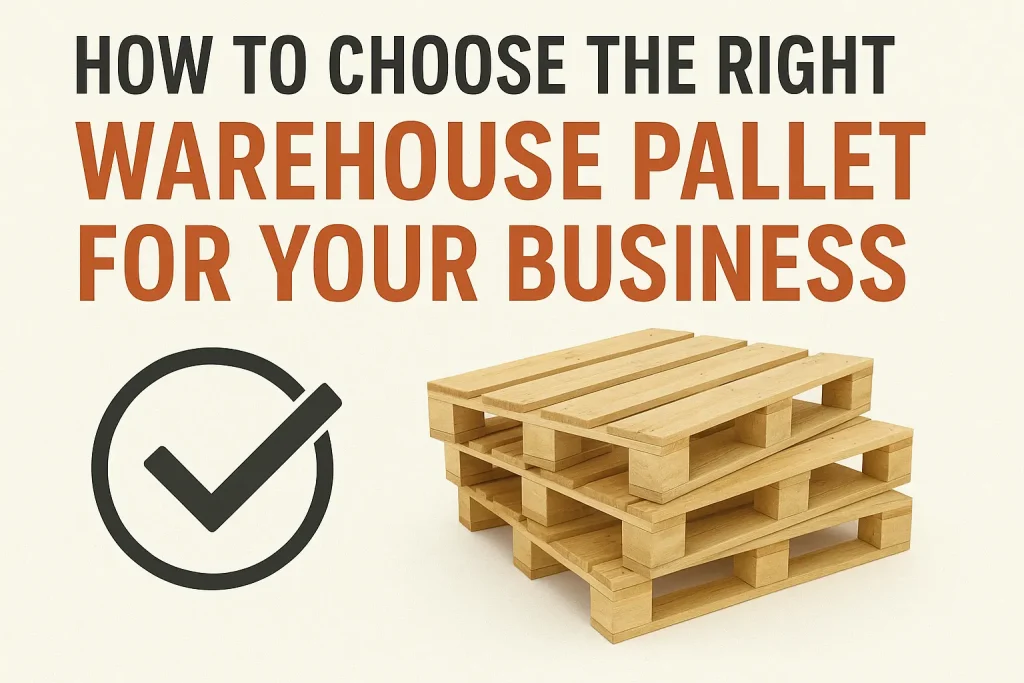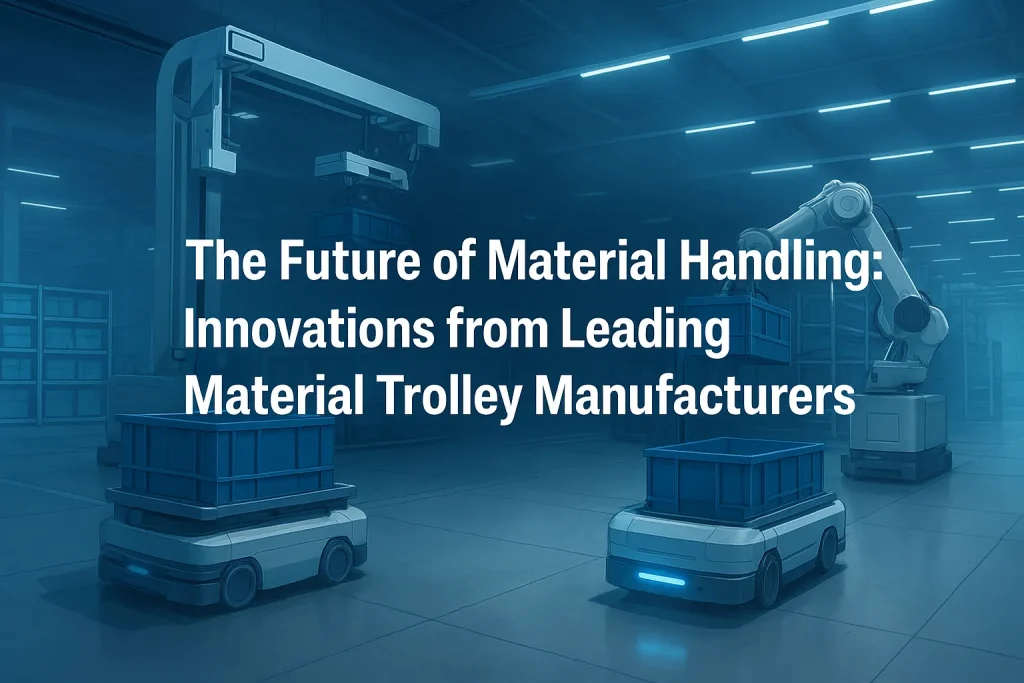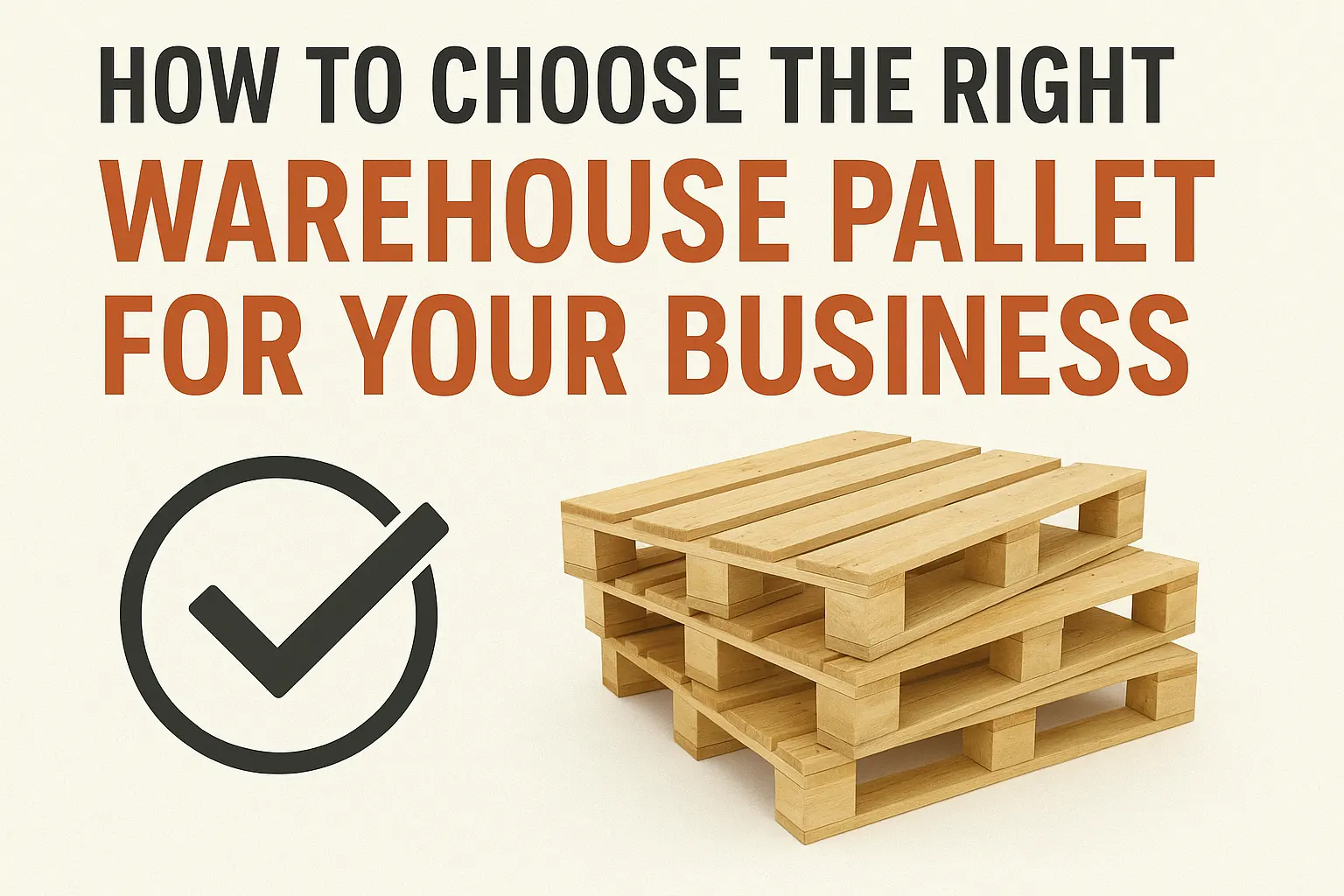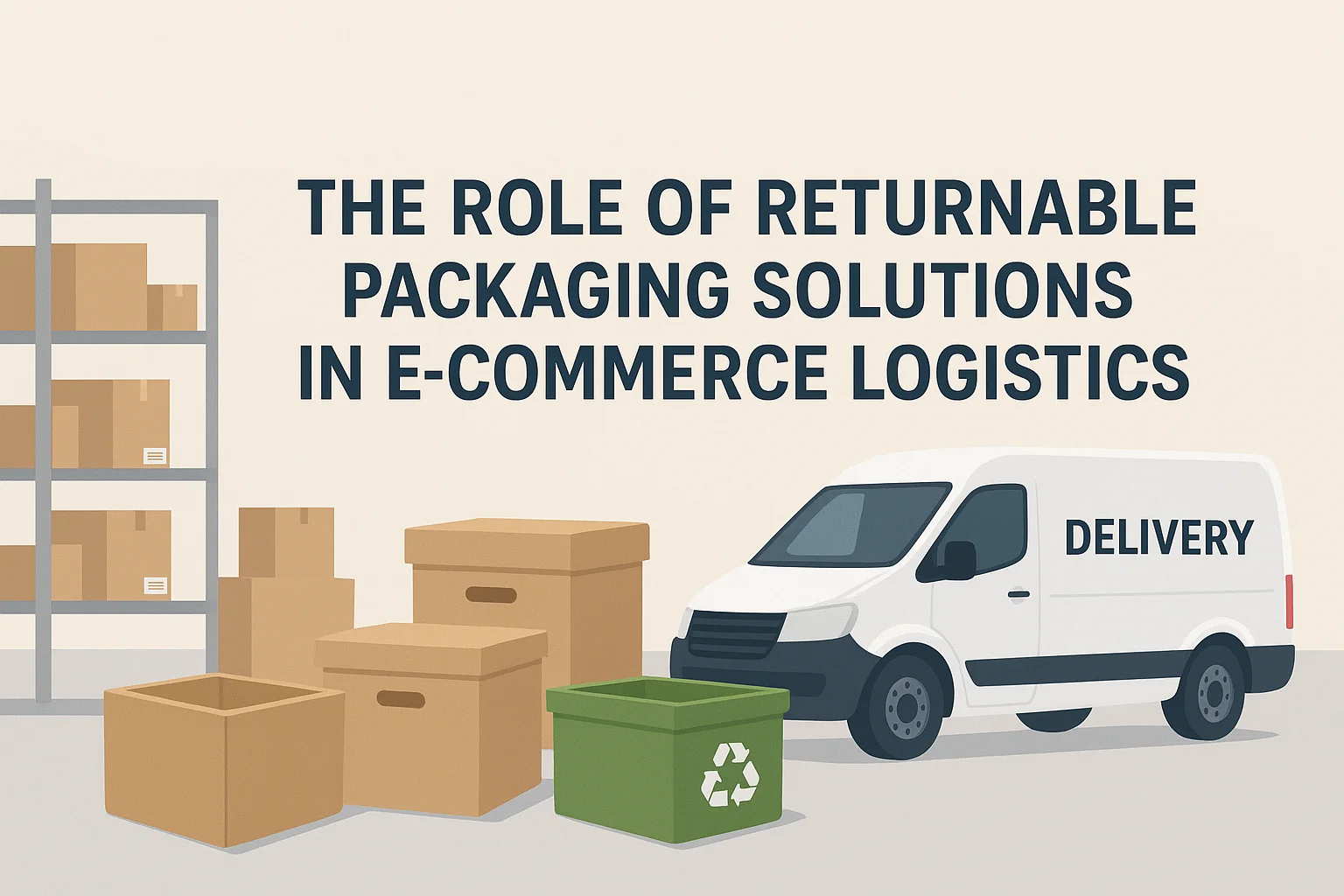In today’s fast-paced industrial and logistics landscape, efficiency, safety, and sustainability are driving forces behind innovation. One critical area seeing rapid advancements is material handling—specifically the development of material trolleys. Once viewed as simple transport aids, trolleys have now evolved into sophisticated, ergonomically designed, and often technology-integrated systems. The future of material handling rests on how these innovations are shaping operational workflows, and leading material trolley manufacturer are at the forefront of this transformation.
Table of Contents
ToggleThe Rising Importance of Material Handling
Material handling is the backbone of industries such as manufacturing, warehousing, logistics, healthcare, and retail. From moving raw materials on factory floors to ensuring safe delivery of products in warehouses, every operation depends on efficient transport solutions. In the past, material trolleys were basic tools for pushing or pulling goods. Today, they are engineered with advanced features to enhance productivity, reduce manual strain, and ensure workplace safety.
The surge in global e-commerce, demand for faster supply chains, and the push toward automation have made the role of material handling equipment more vital than ever. This shift is motivating manufacturers to reimagine trolleys as not just carriers, but integral components of streamlined operations.
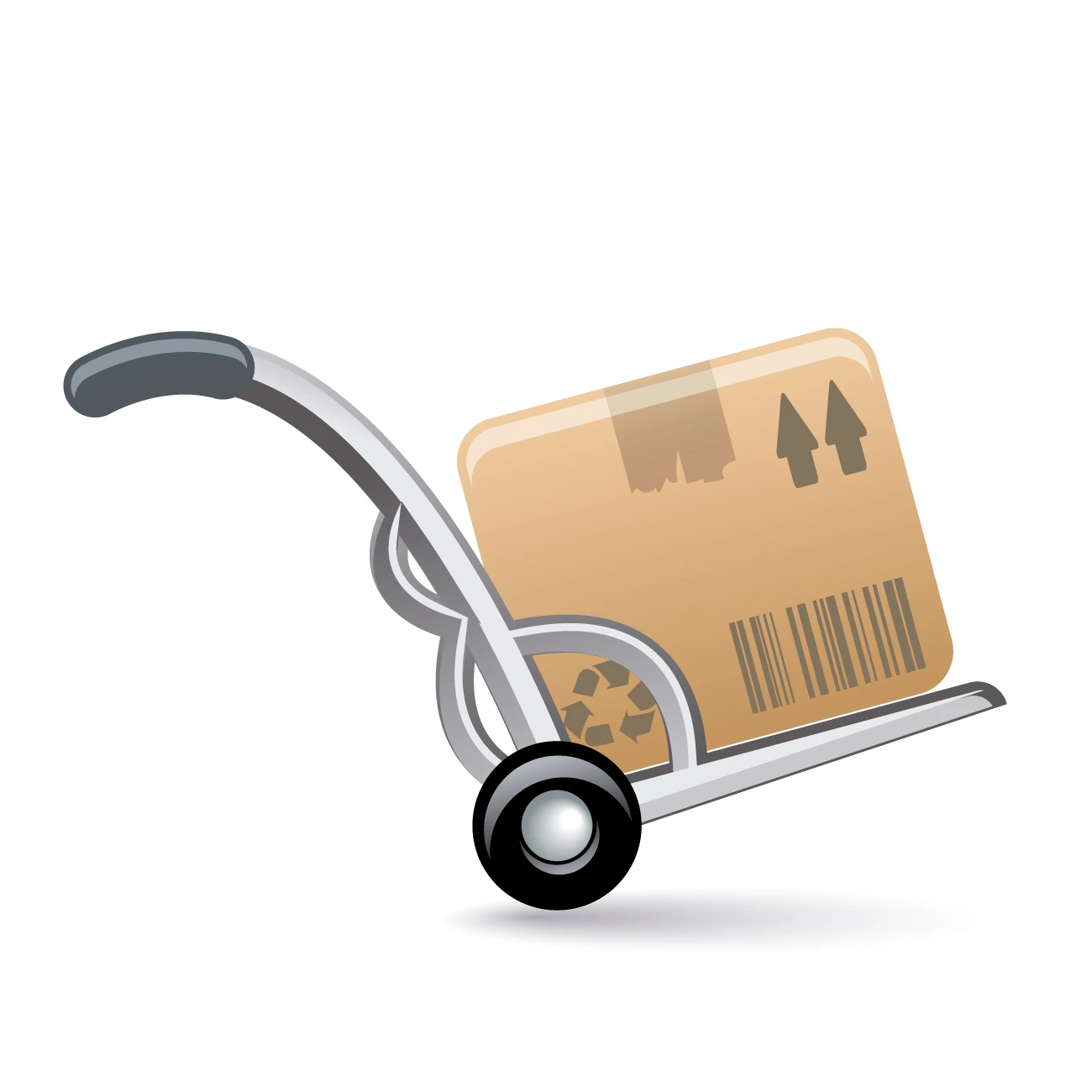
Key Trends Driving Innovation in Material Trolleys
1. Ergonomics and Worker Safety
Workplace safety remains a top priority. Innovations in trolley design now focus on ergonomics—making them easier to push, pull, and maneuver. Adjustable handles, anti-slip platforms, and lightweight yet durable materials help reduce strain on workers. Many designs are created with input from occupational health experts to minimize injuries and fatigue.
2. Automation and Smart Integration
As warehouses embrace smart technologies, material trolleys are keeping pace. Some are now equipped with sensors, tracking systems, and even autonomous navigation features. Integration with warehouse management systems (WMS) allows for real-time tracking of trolley locations and loads, creating a connected environment where material movement is more efficient and traceable.
3. Sustainability and Eco-Friendly Materials
Sustainability is no longer optional—it’s a requirement. Manufacturers are increasingly using recycled steel, aluminum, and eco-friendly coatings in their trolleys. Energy-efficient, battery-operated electric trolleys are reducing the carbon footprint, aligning with global sustainability goals.
4. Customization for Diverse Industries
Different industries have unique needs. For example, healthcare facilities need sterile, easy-to-clean trolleys, while manufacturing plants require heavy-duty options capable of carrying large loads. Leading manufacturers are offering customized solutions that cater to the specific requirements of each sector, whether it’s foldable trolleys for retail or high-capacity industrial carts.
5. Durability and Long-Term Performance
Wear and tear in demanding environments can make material handling costly. Advanced coating technologies, rust-resistant finishes, and reinforced structures are enhancing durability, ensuring that trolleys last longer and provide consistent performance even under heavy usage.
The Role of Technology in Shaping the Future
Technology is reshaping the design and functionality of trolleys in remarkable ways. From IoT-enabled monitoring to AI-driven automation, these innovations are redefining what material handling equipment can do.
- IoT-Enabled Trolleys: Internet of Things (IoT) integration allows for remote monitoring of load capacities, usage patterns, and predictive maintenance needs.
- Electric and Motorized Trolleys: Battery-powered motorized trolleys reduce manual effort, making them especially useful in large warehouses where heavy loads are moved frequently.
- Data Analytics: Collected data helps companies analyze efficiency, optimize routes, and even predict bottlenecks in warehouse operations.
- Autonomous Guided Trolleys (AGTs): These function like small-scale robots, navigating through warehouses without human intervention, reducing dependency on manual labor.
By embracing these technologies, companies can increase operational efficiency while also reducing downtime and workplace accidents.
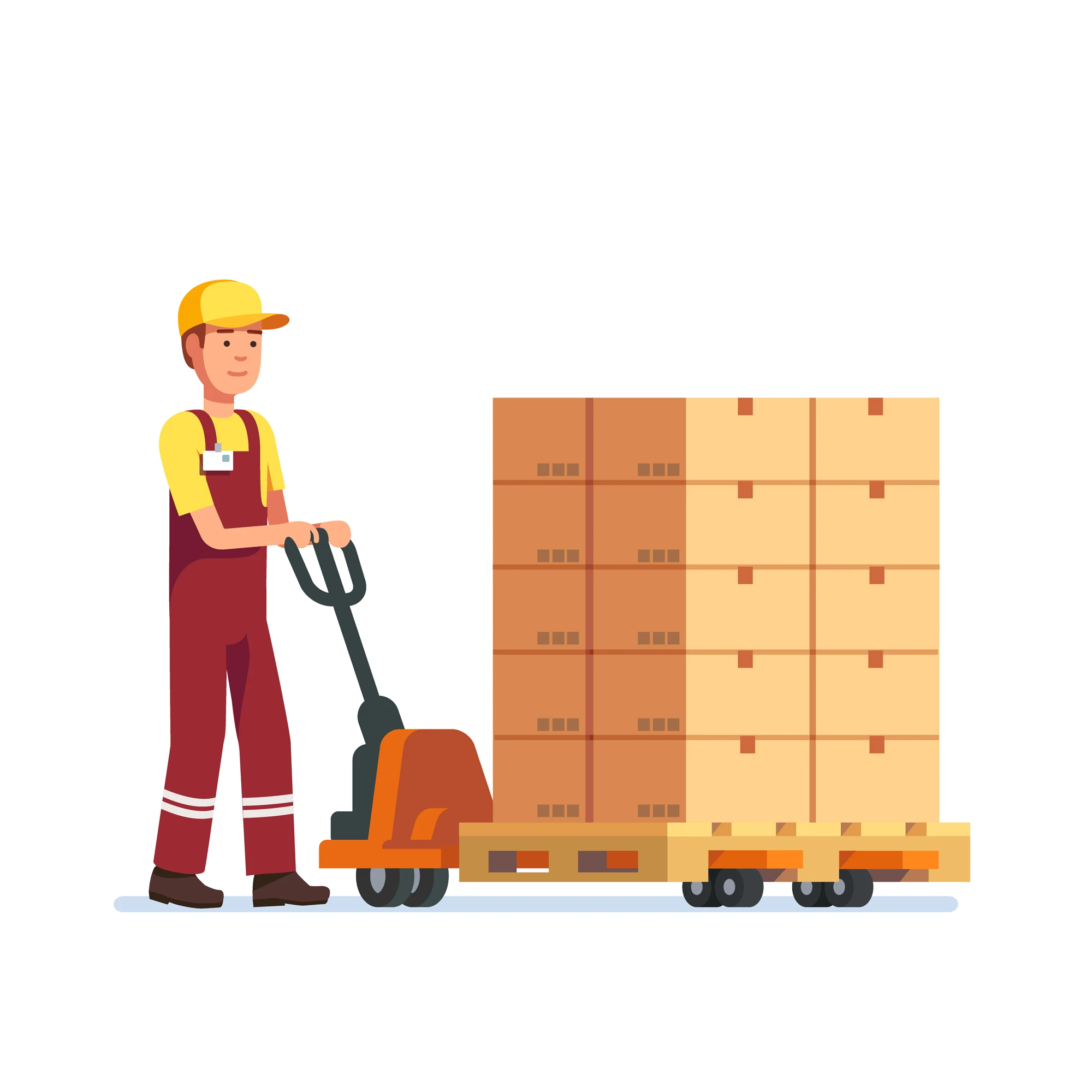
Industry-Specific Applications of Modern Material Trolleys
1. Manufacturing
In factories, material trolleys are designed to withstand rugged environments while efficiently moving raw materials, semi-finished goods, and components. Heavy-duty designs with modular add-ons allow flexibility for various assembly line requirements.
2. Warehousing and Logistics
For warehouses, efficiency and speed are everything. Multi-tier trolleys, motorized carts, and automated guided trolleys are helping streamline picking, packing, and distribution processes. Their integration with barcode scanners and tracking systems ensures error-free order fulfillment.
3. Healthcare
Hospitals and clinics rely heavily on trolleys for transporting medicines, medical equipment, and patient care supplies. Modern healthcare trolleys are designed for sterility, mobility, and easy cleaning, ensuring patient safety and compliance with hygiene standards.
4. Retail
Retail environments benefit from lightweight, collapsible trolleys that aid in stocking shelves, moving goods, and facilitating smooth customer service. Designs here often prioritize mobility and compact storage.
5. Hospitality
Hotels and restaurants use specialized trolleys for housekeeping, food service, and laundry management. These trolleys emphasize aesthetics alongside functionality, ensuring they blend seamlessly into guest-facing environments.
What Sets Leading Material Trolley Manufacturers Apart?
Not all manufacturers innovate equally. The leaders in this space stand out by focusing on a few key principles:
- Customer-Centric Designs – Collaborating with clients to create solutions tailored to their industry-specific challenges.
- Sustainable Manufacturing Practices – Using eco-friendly materials and energy-efficient processes.
- Continuous R&D Investment – Investing in research and development to stay ahead of technological trends.
- Global Standards Compliance – Meeting safety, quality, and sustainability certifications to ensure trust and reliability.
- After-Sales Service and Support – Providing long-term maintenance, spare parts, and upgrades to extend product lifecycle.
By prioritizing these elements, a leading material trolley manufacturers is not just selling a product, but a complete solution for modern material handling challenges.
Future Outlook: What’s Next for Material Handling?
As industries become more digitized, the future of material handling will likely center around fully automated and AI-driven systems. Trolleys of the future may work seamlessly with drones, conveyor belts, and robotic arms to form a fully interconnected logistics network.
- Artificial Intelligence (AI): AI will optimize routing, predict load requirements, and minimize downtime.
- Sustainability at the Core: Expect to see more biodegradable materials and carbon-neutral manufacturing processes.
- Personalization at Scale: On-demand, 3D-printed trolley components could become the norm, offering businesses customized solutions instantly.
- Global Adoption: From developed markets to emerging economies, advanced trolleys will play a crucial role in meeting rising demands in e-commerce, healthcare, and manufacturing.
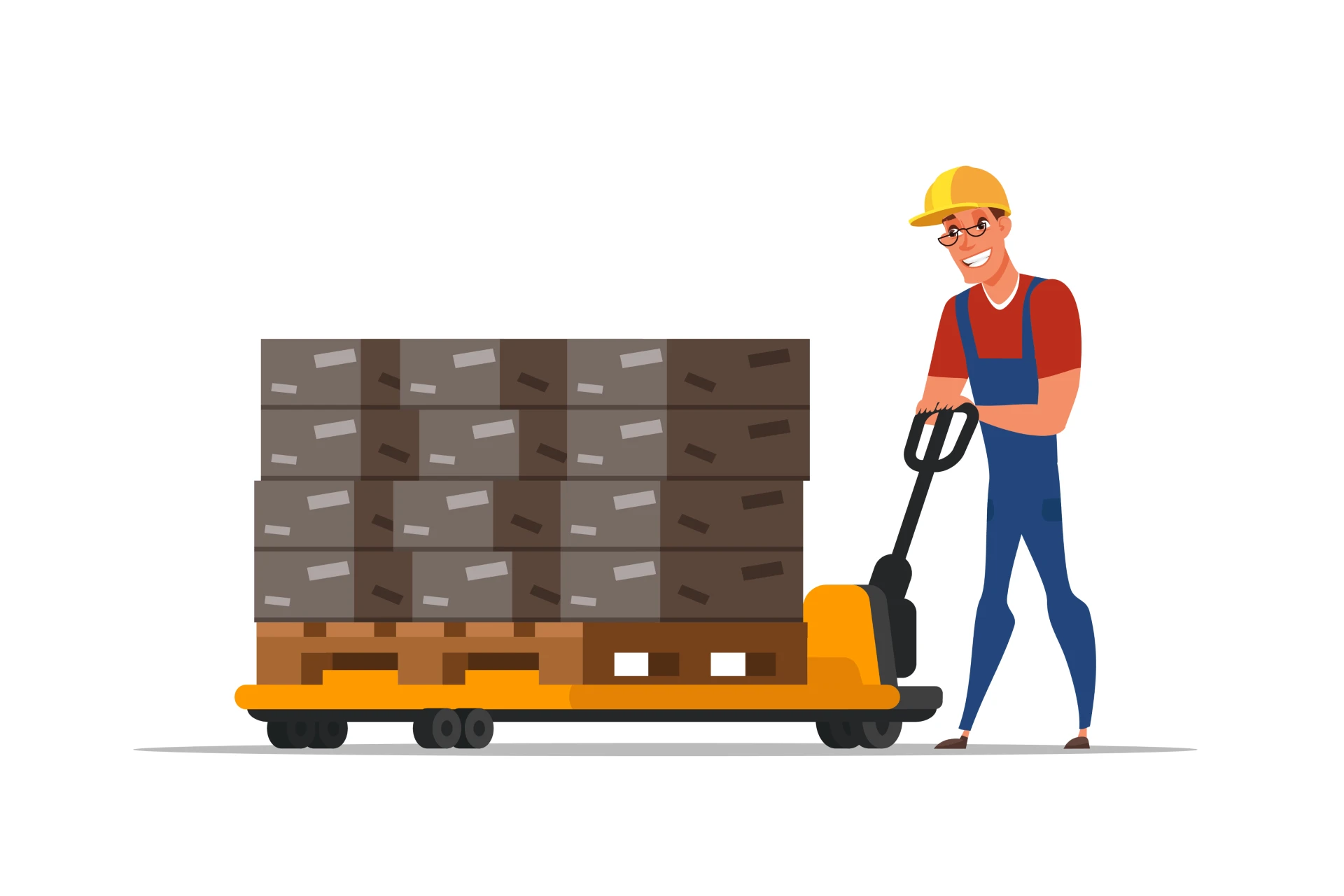
Conclusion
The future of material handling is dynamic, innovative, and customer-focused. From ergonomics and safety improvements to the adoption of automation and eco-friendly materials, modern trolleys are far more than just simple transport tools—they are critical assets in driving operational efficiency. As industries continue to evolve, the role of advanced material handling solutions will only grow, shaping the way businesses operate and deliver value.
For businesses seeking to stay ahead in this fast-changing landscape, partnering with a reliable manufacturer can make all the difference. By choosing industry leaders who prioritize innovation, safety, and sustainability, organizations can future-proof their operations and maintain a competitive edge.
One name that exemplifies these values is Kole Pallet, a trusted provider known for its forward-thinking approach to material handling solutions. Their commitment to innovation and customer satisfaction reflects the very future this industry is moving toward.
Frequently Asked Questions:-
1. What are material trolleys used for?
- Material trolleys are used to transport goods, raw materials, and equipment within industries like manufacturing, warehousing, healthcare, retail, and hospitality. They improve efficiency, reduce manual strain, and ensure workplace safety.
2. How are modern material trolleys different from traditional ones?
- Unlike traditional trolleys, modern versions are ergonomically designed, often motorized or automated, and made from durable, eco-friendly materials. Many come with smart features like tracking systems and integration with warehouse management software.
3. Why is ergonomics important in material trolleys?
- Ergonomics reduces worker strain and the risk of injuries. Trolleys with adjustable handles, lightweight frames, and anti-slip surfaces make handling safer and more efficient, especially in demanding environments.
4. Can material trolleys be customized for specific industries?
- Yes. Leading manufacturers provide customized solutions such as sterile trolleys for healthcare, heavy-duty models for manufacturing, foldable designs for retail, and aesthetically designed carts for hospitality.
5. What role will technology play in the future of material trolleys?
- Technology will drive the future with IoT-enabled monitoring, motorized mobility, AI-based route optimization, and autonomous guided trolleys (AGTs). These advancements will make operations faster, safer, and more sustainable.

